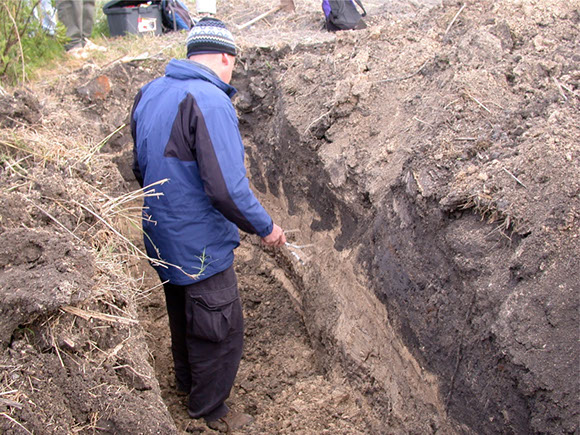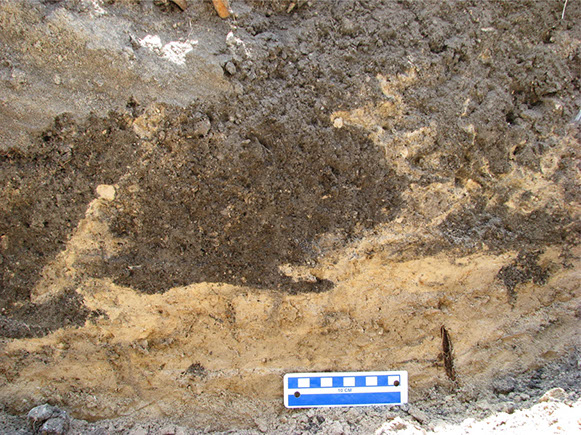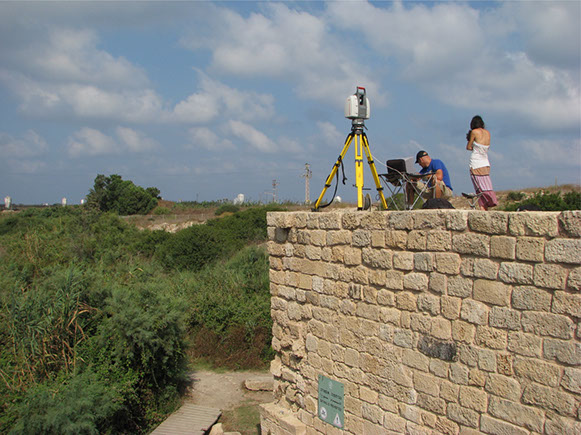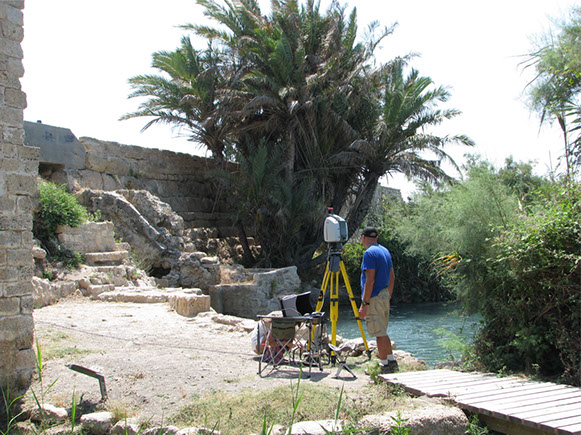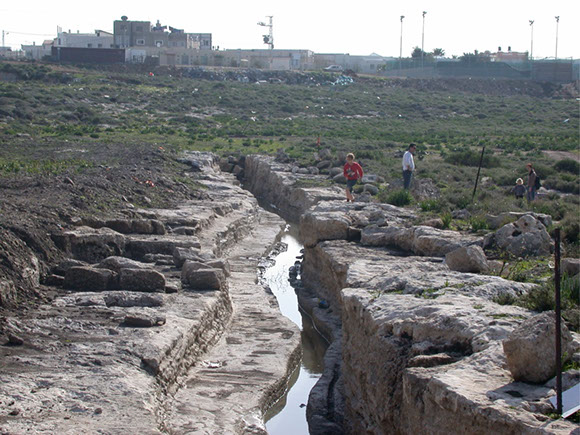Historical sand injections on the Mediterranean shore of Israel:
Evidence for liquefaction hazard
The first typical liquefaction features and silty sand injections in the coastal plain of Israel was found in trenches that we excavated behind a 4th century Byzantine dam on the Taninim Creek, some 850 m inland of the Mediterranean shore. We exposed a series of flame-shape injections of silty sand that penetrate the overlying clay-rich soil. The injections are largest and most frequent within several meters of the point where the dam is badly damaged on the seaward side, which we interpret as a possible result of a large wave. Three features make the sand injections special: 1) their lower extent is commonly asymmetric with dominant southeastward vergence, away from the breach in the dam, 2) Zigzag shapes characterize the upper parts of many injections, and 3) The size and frequency of the injections diminish gradually with distance from the dam until they completely disappear some 100 m away from it. We suggest that the sand injections can be explained by overpressure that was induced either directly by earthquake shaking or by a tsunami wave that breached the dam, filled the reservoir behind the dam and increased the pressure on the water-saturated silt and sand layers and triggered liquefied sand injections. The movement of water sloshing back and forth in the lake accounts for the zigzag shape of the injections. The similarity to structures that were observed in Thailand after the great 2004 tsunami and other palaeotsunami observations lead us to prefer the tsunami origin of the liquefaction features. Based on the stratigraphic position, the archaeological context, and the historical accounts, we suggest that the earthquake of November 25, 1759 is the most plausible trigger of the sand injections, either directly or via earthquake induced tsunami. The observations demonstrate the vulnerability of the densely populated coastal plain to liquefaction.





